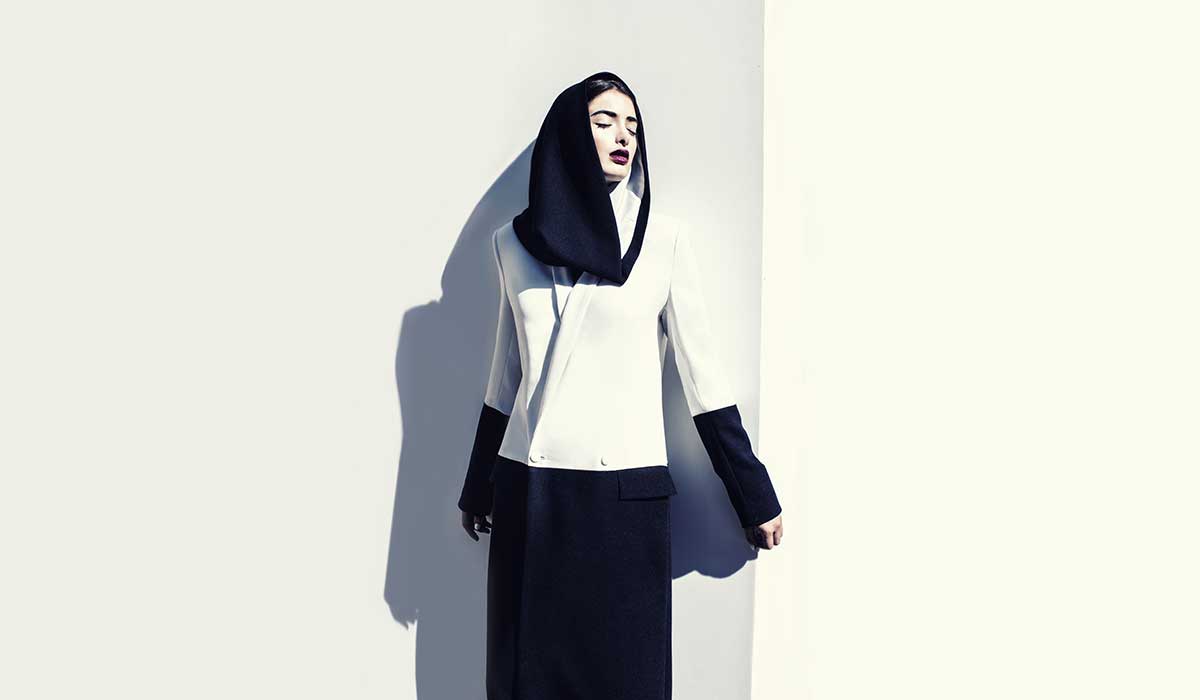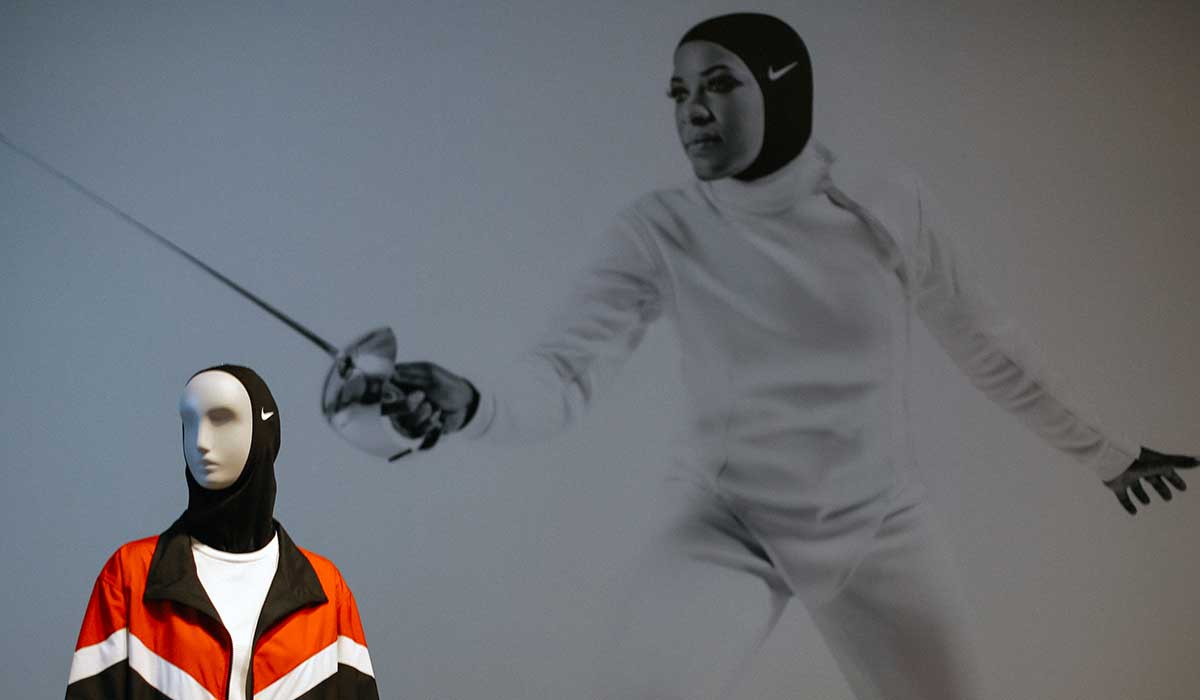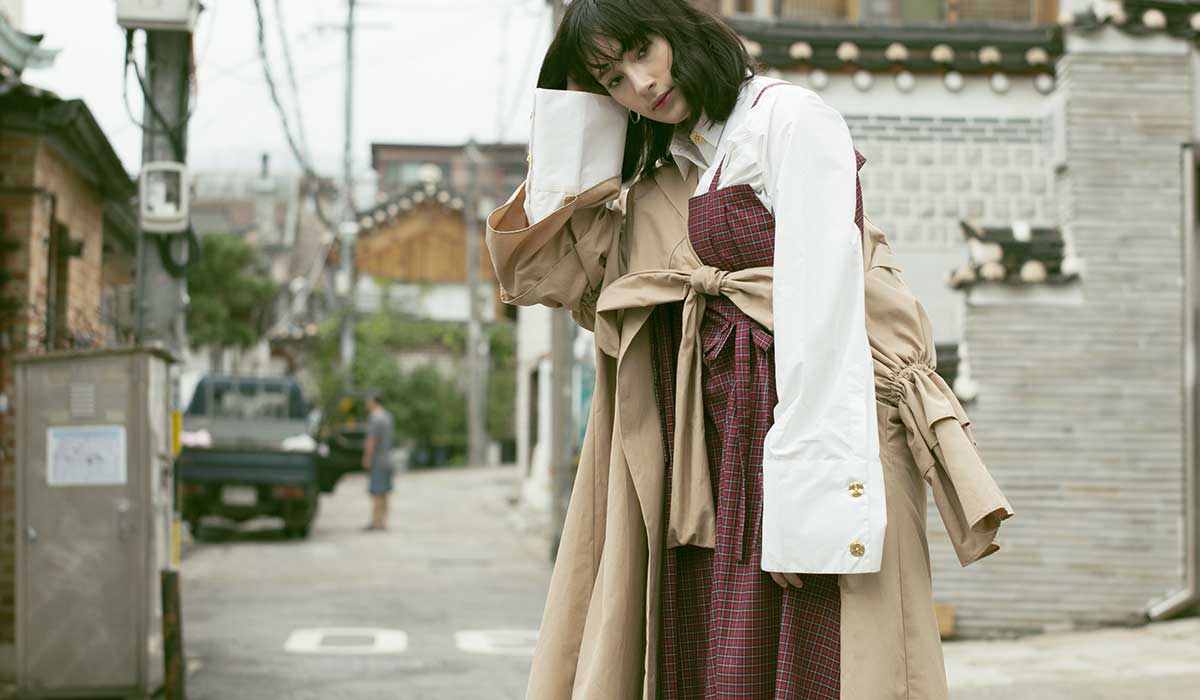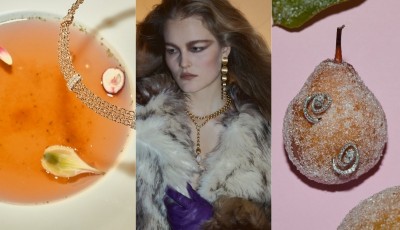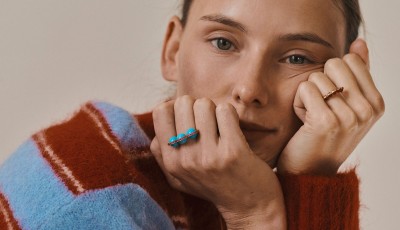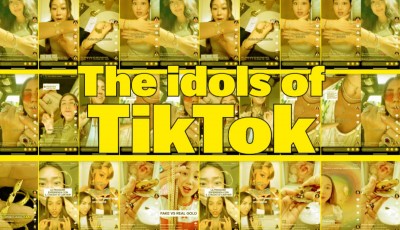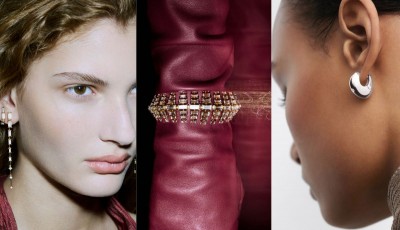It's Time to Be Modest
The Contemporary Muslim Fashions exhibition is being held at San Francisco’s Fine Arts Museum through Jan. 6, 2019. It is a celebration of the new modern multiethnic aesthetic
According to the latest The State of Global Islamic Economy report for 2017/2018, in 2022, Islamic people will spend $370 billion on fashion and accessories. This fact clearly highlights how ‘modest fashions’—meaning pieces that respect the principles of the Muslim religion—which today is worth about $44 billion per year, is no longer a niche phenomenon but is an actual industry. After all, forecasts predict that, by 2027, there will be more than two billion Muslims in the world, about 25.2% of the world’s population. And while clothing used to only be distributed more locally, today, thanks to social media and millennials, the modest fashion phenomenon has become a global trend. Specialized companies have multiplied, ‘modest’ designers are becoming more famous, and a wide range of influencers—like Dian Pelangi (with 4.8 million followers on Instagram), Dina Tokio (1.4 million), Muslim Gla, and Hoda Katebi just to name a few—have taken their idea of style to a more international, glamorous dimension. This is the idea behind the exhibition at San Francisco’s Fine Arts Museum, featuring Muslim women—whether they prefer to cover up or keep their hair uncovered—which have become arbiters of elegance for their communities and beyond. Contemporary Muslim Fashions is the name of the exhibition, which will run through Jan. 6 in California, and then will move on to Frankfurt’s Museum Angewandte Kunst. It follows the evolution of styles with eighty outfits and forty photos showcasing how fashion is an important theme in the Arab world as well. It has been organized by Jill D’Alessandro, Curator in Charge of Costume and Textile Arts, and Laura L. Camerlengo, Associate Curator of Costume and Textiles at the Fine Arts Museums of San Francisco. Reina Lewis, Professor of Cultural Studies at London College of Fashion, University of the Arts London, serves as consulting curator for this retrospective that offers a new look at the current aesthetic. «There are those who believe that there is no fashion at all among Muslim women, but the opposite is true, with modern, vibrant, and extraordinary fashion scenes, particularly in many Muslim-majority countries,» says Max Hollein, former Director and Ceo of the Fine Arts Museums of San Francisco. «Contemporary Muslim Fashions is an overdue, much-needed exploration of a multifaceted topic as yet largely unexplored by museums. This exhibition stands out in our long history of outstanding fashion exhibitions and will shed light onto larger political, social, and cultural understandings and misunderstandings.» This is a unique journey that reflects the multiculturalism typical of Islamic regions, and it is also a meeting of East and West, winningly bringing together seemingly disparate designers in the same place. There are big international names like Jean Paul Gaultier, Marchesa, Valentino, Oscar de la Renta and Peter Pilotto; but, there are also up-and-coming designers quickly gaining in popularity like Nora Aldamer, Wadha Al Hajri, Renni Andriani, Raşit Bağzıbağlı and Bernard Chandran. «Fashion is at its best when it both adapts to the needs of society and reflects its social and political undercurrents,» says Jill D’Alessandro, Curator in Charge of Costume and Textile Arts. «It is in this transformative moment where we now find modest fashion.» What’s more, while wealthy Muslims have always loved haute couture, today, streetwear and democratic fashions are also carving out a niche in this world with specialized collections. Some of the first to pick up on the potential of this segment include the Net-A-Porter site with a selection of pro-Ramadam offerings, the Swedish group H&M, and Nike, the American corporate giant, which is the first company to introduce hijabs for sports. ◆


